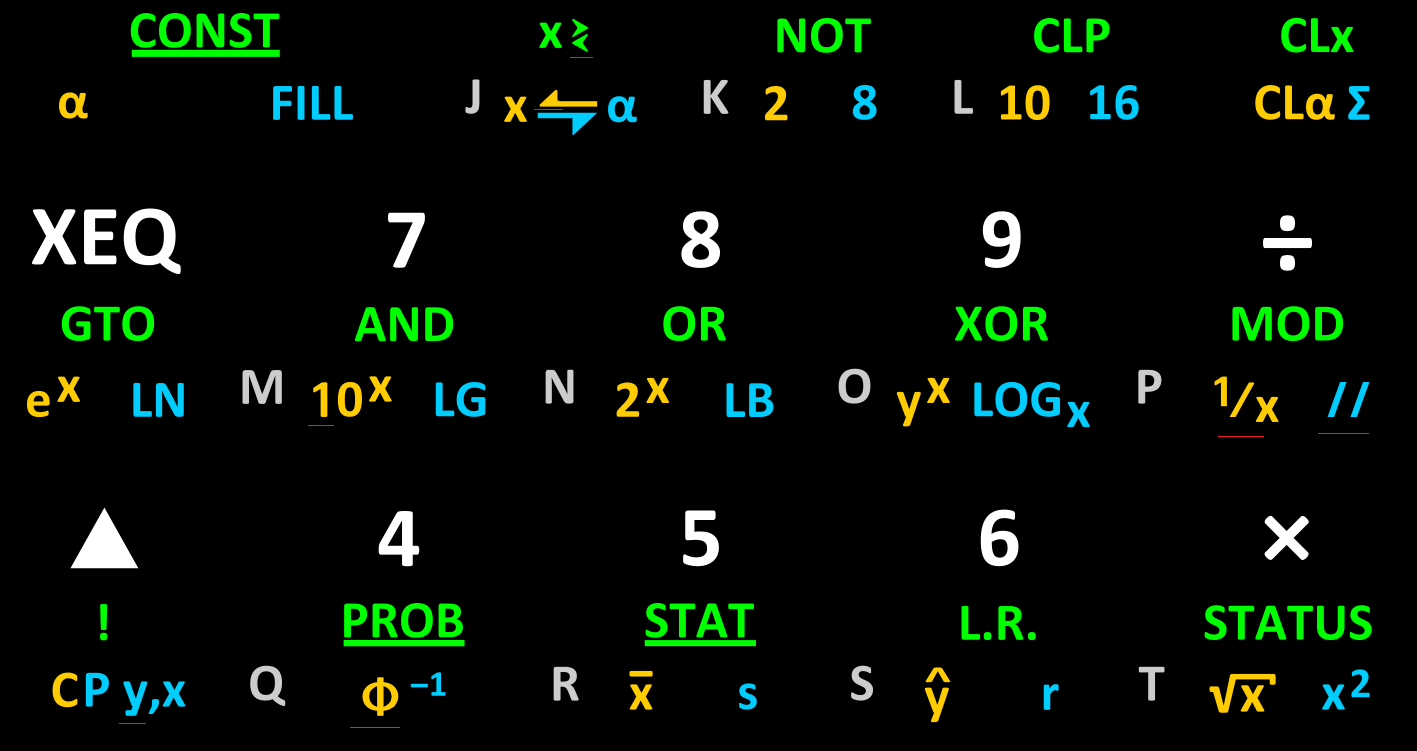| 34s Vinyl Overlay Second Attempt Message #1 Posted by Eric Rechlin on 24 May 2011, 2:50 a.m. Hi everyone, I have now made a second attempt with the vinyl overlay for the 34s. I've incorporated a lot of the feedback and made a bunch of changes. I'm still learning and will make some more minor changes still, but I think it's getting very close. This time I made the button labels a single sticker rather than two, and I am going to see how durable it is. I have also updated the artwork to use the latest labels. Here is what it looks like:
Here is a closeup of the keys:
And you can download the latest artwork here. Eric |


